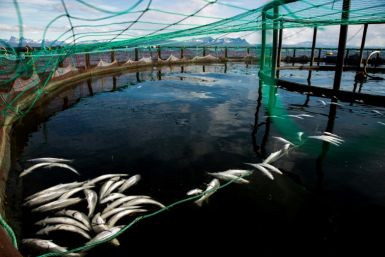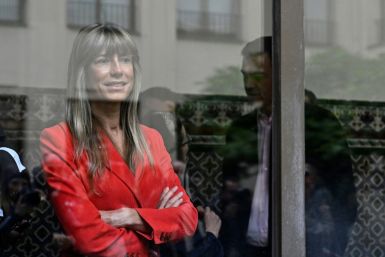RBA: Mining Boom is Also Boom for Most Australian Industries
Australian reaps more benefits from the resources boom despite its two-speed effect on the domestic economy.
Amidst the challenges being faced by the local manufacturing and retail sector, which analysts blame on the soaring Australian dollar, Reserve Bank of Australia Deputy Governor Philip Lowe is convinced that the economic surge in mining regions also pulls up the economy of other states and territories.
High demands for Australian commodities, mostly sourced from the Pilbara region in Western Australia and Queensland, have generated the series of trade surpluses that Australia has been enjoying in the past years, Lowe said.
The mining boom, Lowe added, is mainly responsible for the steady purchasing power of Australians, which he noted, remains unchanged over the past 10 years.
That fact can be attributed to the country's higher terms of trade when compared to other nations, the RBA official said.
Australian households benefitted too from the mining boom, with their average income jumping by at least 60 percent from a decade ago, again thanks, directly and indirectly, to the flourishing resource sector.
"In effect, there is a chain that links the investment boom in the Pilbara and in Queensland to the increase in spending at cafés and restaurants in Melbourne and Sydney," Lowe said.
And that link will be the sustaining power behind Australia's relatively solid economy in the years to come, Lowe predicted, adding that most sectors will be pulled up by the incredible traction that the resource sector currently enjoys.
He allowed though that "this chain can be hard to see ... but it is real, and it is one of the factors that have had a material effect on the Australian economy over recent years."
Lowe admitted too that the high local currency has effectively spurred a structural change in the domestic economy, where "some industries are expanding in relative importance, while others are contracting."
Yet the spikes also act as a counterbalance to the investment boom, in which "both the investment boom and the very high level of the exchange rate are historically very unusual events," the RBA official said.
"It seems, however, that over the past year these forces have balanced out reasonably evenly," Lowe said.
Notwithstanding the two-speed economy, Lowe said the RBA board remains upbeat on economic growth, which he said is on track at three percent, adding that "unemployment rate is also expected to remain low, although some increase is possible over coming months."
Analysts have projected the jobless rate to jump a bit, from its present level of 5.2 percent to 5.3 percent, according to BusinessDay.






